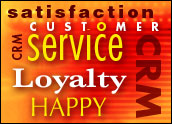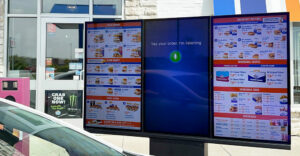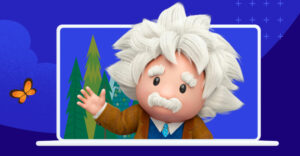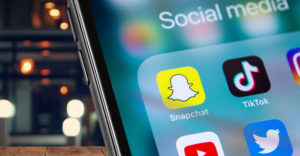
Online marketers are in a quandary. Their customers prefer e-mail as a vehicle of communication, but spammers have poisoned that well, making it very difficult for legitimate advertisers to deliver their messages to their loyal customers.
However, Think360, a marketing firm in Austin, Texas, thinks it has a solution to this problem: screensavers. The marketer is offering companies a way to toss their pitches at consenting customers through customized screensavers.
The screensavers are more than just branded slideshows. They act as a conduit for all kinds of marketing goodies, from highly targeted video ads to action reminders and free gifts.
Millions of Downloads
Think360 President and CEO Alan Elias explained that his firm hasn’t totally deserted e-mail and the telephone as marketing tools, but it has found them inefficient.
“We have chosen screensavers because of the inefficiency and the negative feelings associated with e-mail as a form of communication,” he told CRMBuyer.
“We also wanted to take advantage of the fact that there’s a tremendous loyalty to screensavers,” he noted, explaining that “4.8 million people download screensavers every day.”
High Retention Rate
Think360’s screensaver marketing has been used by Microsoft, Oracle, Intel, Calvin Klein, Ford Motor Company and others.
“We have close to 10 million users using the broadcast screensaver, and because of the popularity of that as a communication tool, in the last two years, we still have close to a 78 percent retention rate,” Elias said.
An attractive aspect for businesses to the Think360’s screensavers, which incorporates technology developed by Active Response Media, of Fontana, Calif., is their ability to collect information about their users.
Refining the Message
Consumers choose their screensavers based on their interests: travel, science, sports, pets, family, art or automobiles. Based on those choices and detailed registration information, a company can tailor its marketing messages to the user.
After the message is delivered to the user, the screensaver can report on every customer’s action, which allows a company to refine future marketing messages even more.
“We could send a TV commercial to someone’s desktop, know they saw it, see that they clicked an integrated link, and capture their actions after clicking,” Elias boasted. “And we can do all that for less than a nickel.”
That compares, he said, to as much as 25 cents a message for an e-mail campaign.
Garnering Eyeballs
“The bad thing about e-mail is you don’t know if they saw it or not,” he noted.
Although Think360 can’t determine how many people might see a screensaver when it’s running — after all, a screensaver appears only after there has been no activity on a screen for a period of time — it can calculate the eyeball availability of its digital billboards.
For one of Think360’s clients, United Blood Services, one of the largest not-for-profit blood centers in the world headquartered in Scottsdale, Ariz., total display time with their screensaver users, over a 10-month period, has been 41 years, six months and 21 days, Elias said, with the average user during the period displaying the screensaver 683 hours.
Drawing More Blood
United Blood Services has been a laboratory of sorts for Think360’sextension of its broadcast screensaver concept to loyalty programs.
According to Think360, since its “ThinkLoyalty” program was launched 10 months ago, some 30,000 people have committed to make more than 100,000 more blood donations.
Based on the success with United Blood, Think360 announced yesterday that it would start actively marketing its ThinkLoyalty offering to others.
Channel Pollution
According Bob Hagnauer, marketing manager for Maritz Loyalty Marketing in St. Louis, new approaches to online marketing, like screensavers, have become necessary because of the pollution of the e-mail channel by outlaw advertisers.
“Marketers are facing a terrible paradox,” he told CRMBuyer. “Many customers prefer to receive their communications via e-mail, but the e-mail channel has been hijacked by the spammers.”
Screensavers can be a way to skirt the e-mail paradox, he noted. “This type of program does work around some of the e-mail problems because the customer is getting the message through their screensaver so it’s not hitting the spam filters.”


























































Isn’t this just a recycled .Com idea?
Back in the late ’90’s everyone was buzzing about ‘push’ technology and how it was going to revolutionize information delivery. There was a screen saver people could download and it would automatically update with headlines or other targeted information pushed from a central server. If I recall correctly MS had a technology called Channels and we looked at using Channels with Stardust Screen Saver Toolkit to deliver new release information to Roger’s Video screensavers.